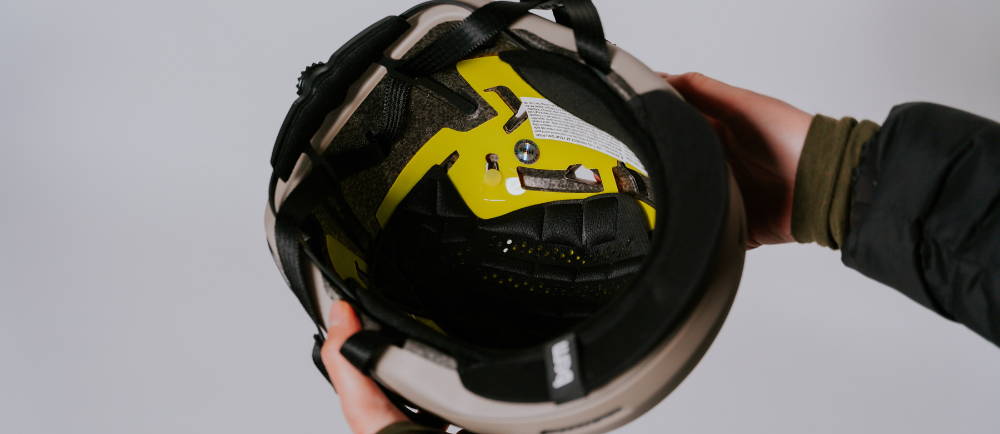Helmets are always a good idea when riding any type of bike, and some states require them. Pennsylvania, Massachusetts, and Oregon are some of the states that require wearing a helmet when riding an e-Bike, though most states don’t have a legal requirement.
MIPS Helmets: What’s The Tech and Is It Worth It?
Written by: Rémy Rossi | Updated: August 22, 2025 | Time to read 5 min
Helmets save lives, and we know that for sure. But there’s a bit more discussion about MIPS technology and the extent of the impact-protection benefits it provides.

More about the Author: Remy Rossi
Rémy Rossi is a bike writer, mechanic, and educator who got his start in community-based bike shops and co-ops. With a decade in the industry, he still wrenches on bikes when he can and plays bike polo on a fixie.

👋 Interested about Upway?
What is MIPS?
The low-friction layer can move slightly during an impact, potentially lowering the rotational forces that can worsen a brain injury. The MIPS protection helmet liner is essentially a thin plastic floating shell that sits close to the head on the inside of the helmet construction. Helmets equipped with MIPS will have a MIPS yellow dot sticker, and while the inner layer isn’t always yellow, it’s pretty easy to spot in the interior of the helmet.
How does MIPS work?

Riders wear a MIPS helmet just like any other bicycle helmet. Like normal, there’s a chin strap, helmet padding, and ventilation channels. You may feel the layer when wearing the helmet, but helmet brands adapt the lids to achieve the proper fit and size with MIPS. Most helmets have a micro-adjustable dial to achieve a snug, well-fitting bike helmet.
How much do MIPS helmets cost?

In general, MIPS increases the price of a helmet, but there may be some bias since many helmets with MIPS are high-end models that would cost much more than a standard helmet anyway (due to features like ventilation ports, aerodynamic helmets, and weight). But there are outlier helmet manufacturers like Kask that choose to produce pro-tier helmets without MIPS technology. In Kask’s case, its helmets are tested according to the WG11 standard to measure the rotational friction of the inside of the lightweight helmet.
Are MIPS bike helmets worth it?
But the most widely held opinion is that you probably shouldn’t skimp on head protection, and spending a bit more cash is a good idea, even if it only provides slight helmet benefits. And I agree with this. I’m inclined to think that extra peace of mind and potential protection boost is worth it. It’s an even better idea for electric bike users who travel at higher speeds or ride close to cars in traffic.
At the end of the day, though, most of the work is done for you already. All helmets sold in the US have to meet the strict CPSC standard that ensures the helmet offers high-quality protection. Instead of worrying as much about MIPS, the more important choice is buying from a reputable brand that makes a product you will love to wear all the time, whether that’s because of comfort or performance reasons. And make sure the helmet fits you properly— a wrong helmet angle or an ill-fitting helmet provides significantly less protection.
What are the safest bike helmets?

Frequently Asked Questions
Are helmets required when riding an e-Bike?
What does MIPS in a bike helmet actually do?
MIPS (Multi-Directional Impact Protection System) is a thin, low-friction layer inside the helmet that allows it to move slightly during an impact. This movement may help reduce rotational forces on the brain, which are linked to concussions and other head injuries.
Key Takeways
- MIPS May Reduce Brain Injury Risk: MIPS technology helps redirect rotational forces during impacts, though its exact effectiveness lacks a universal testing standard.
- MIPS Helmets Are More Affordable Now: The price gap between MIPS and non-MIPS helmets has narrowed, with some high-end brands opting for other safety standards.
- Fit and Certification Matter Most: All helmets must meet CPSC safety standards; a well-fitting, reputable helmet is key for protection, with Virginia Tech providing trusted safety ratings.



